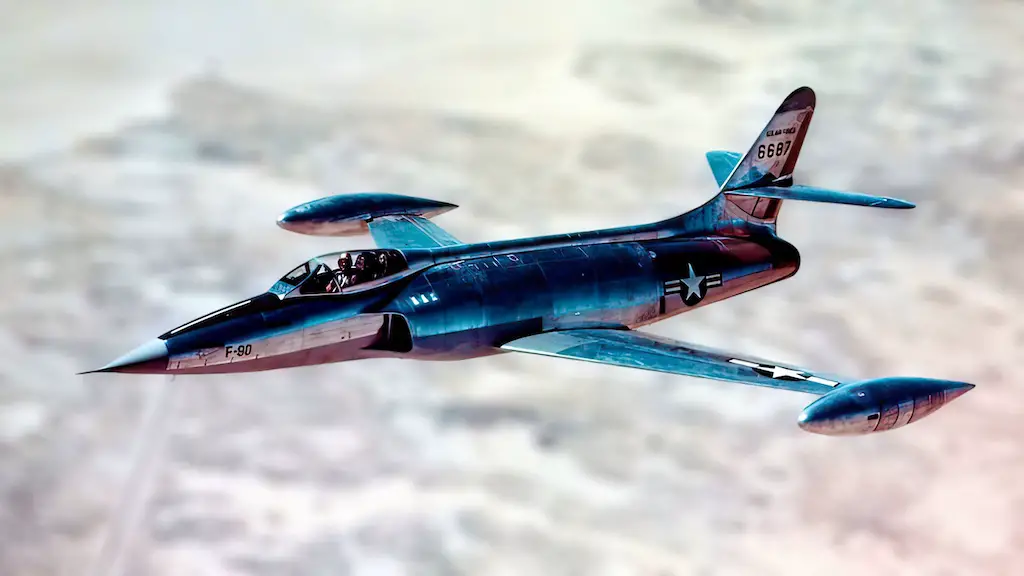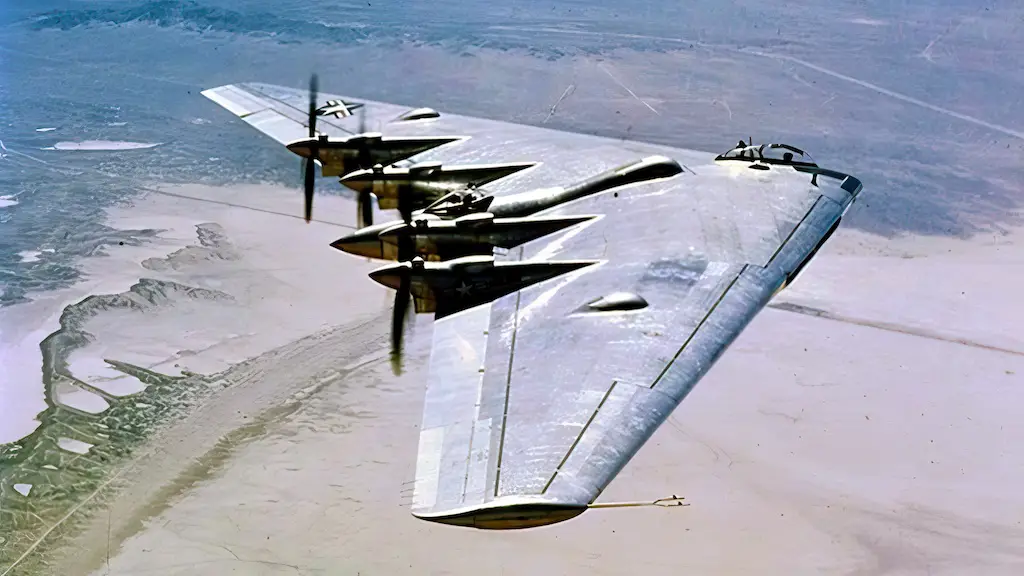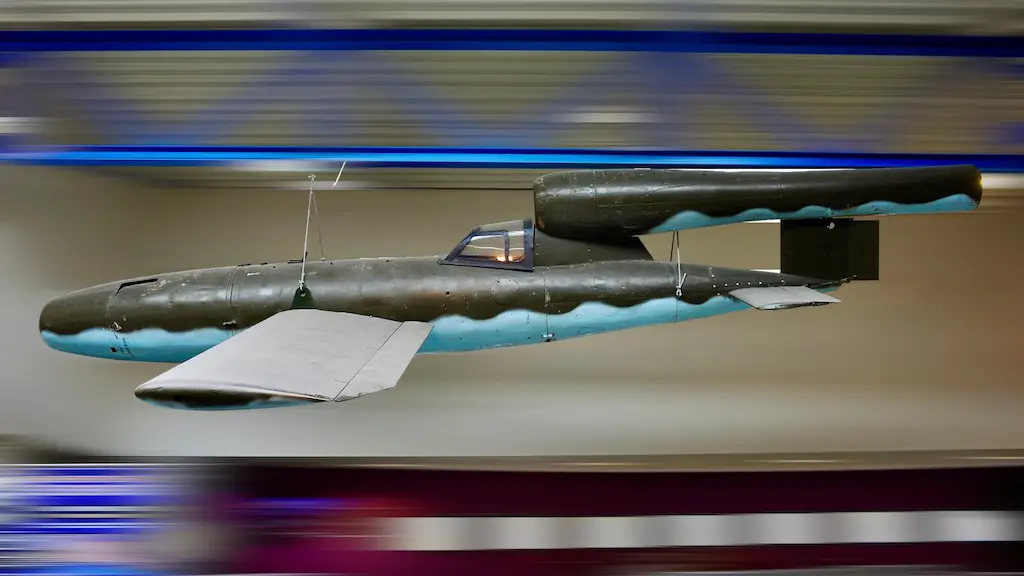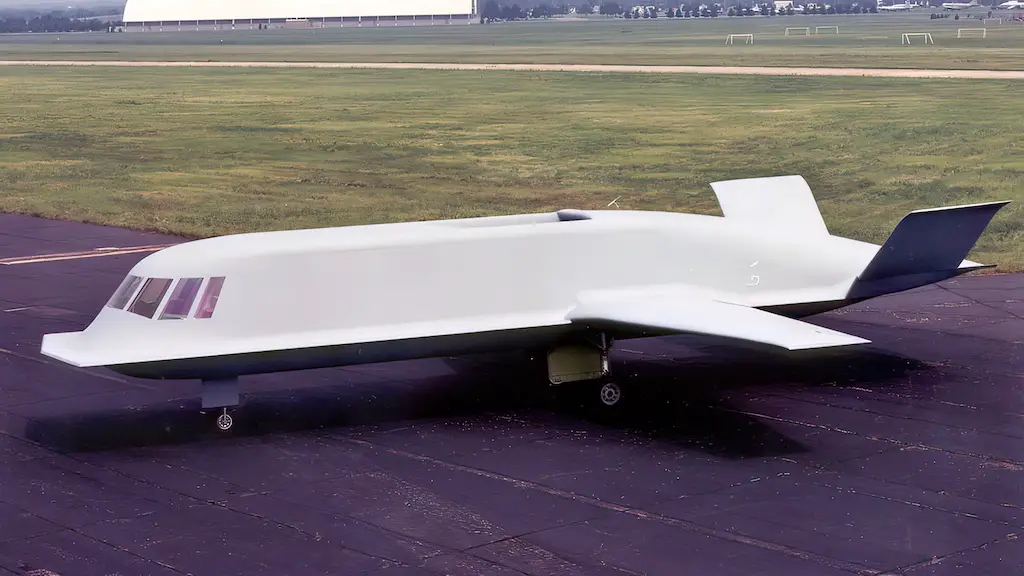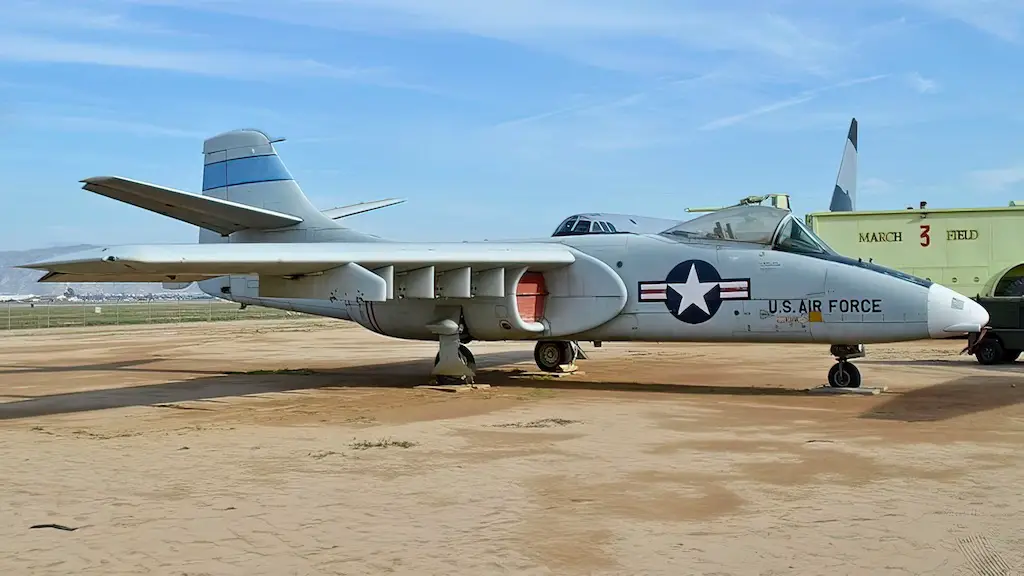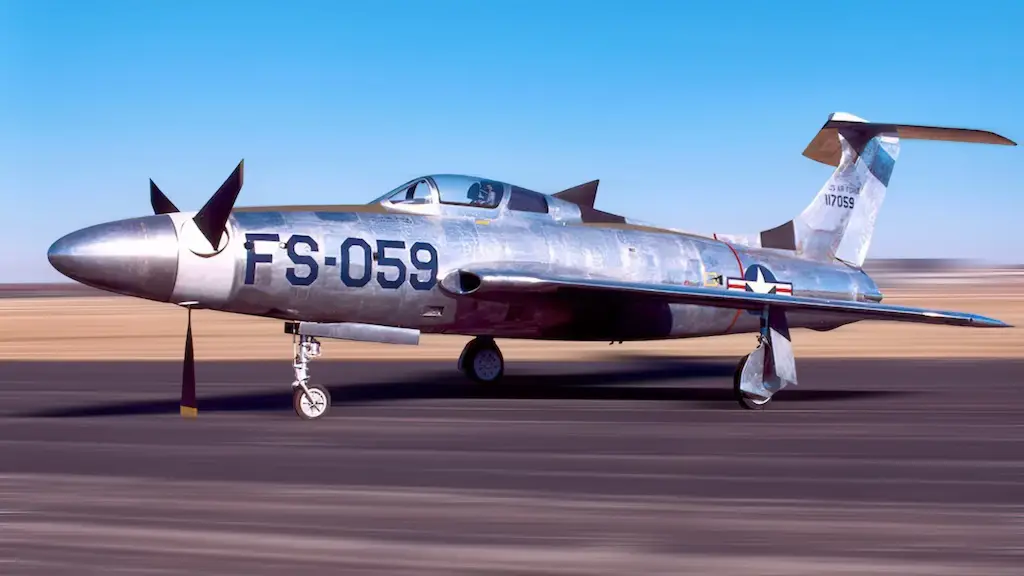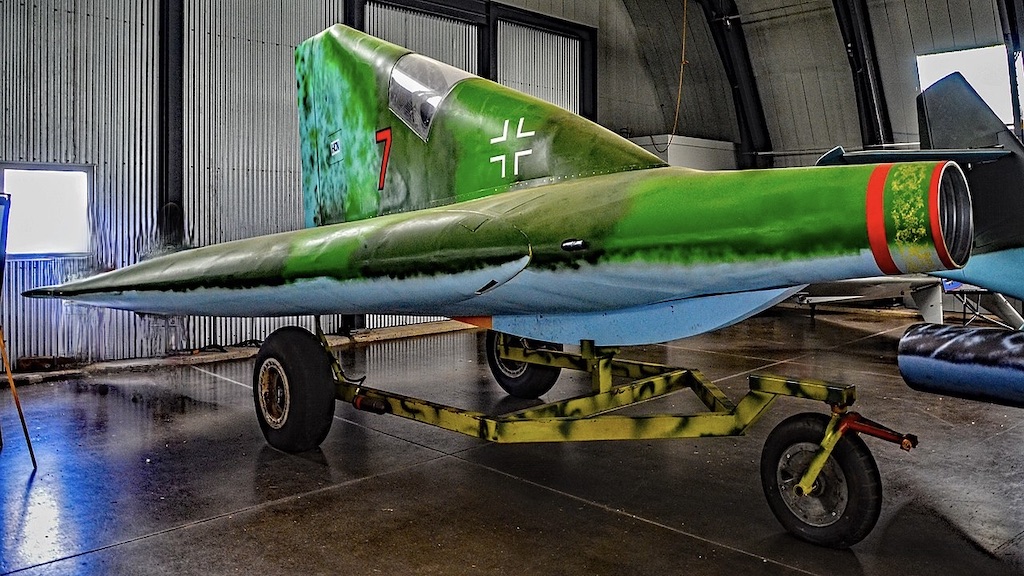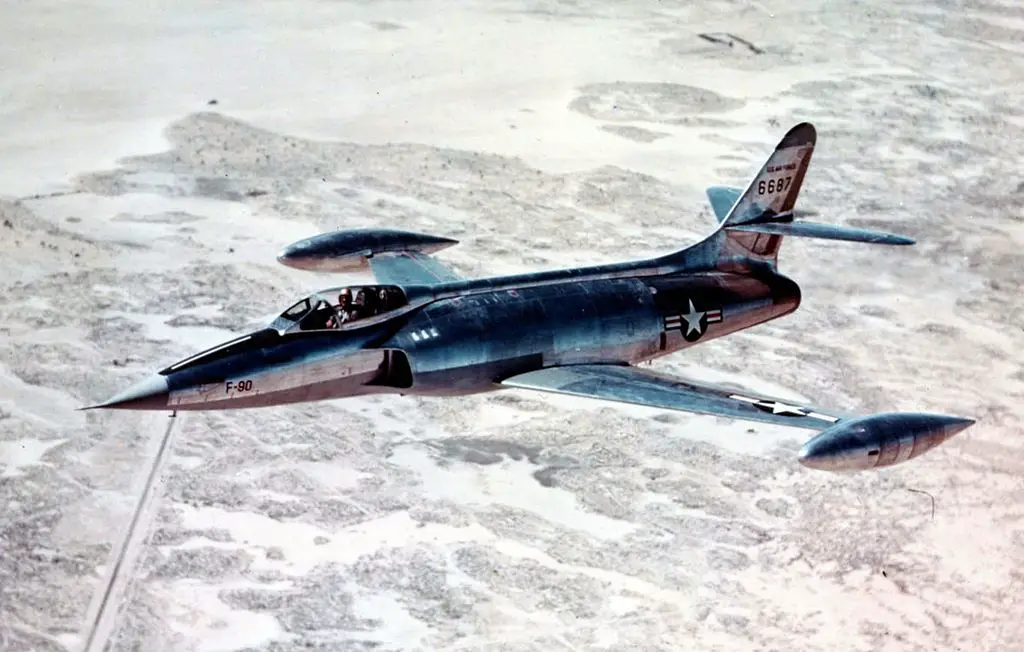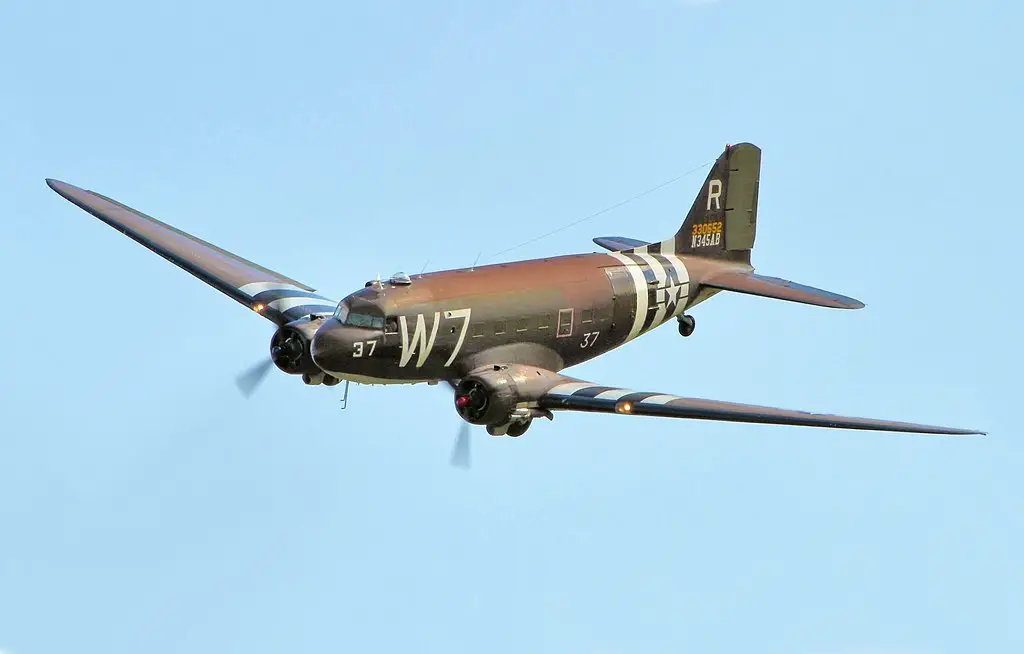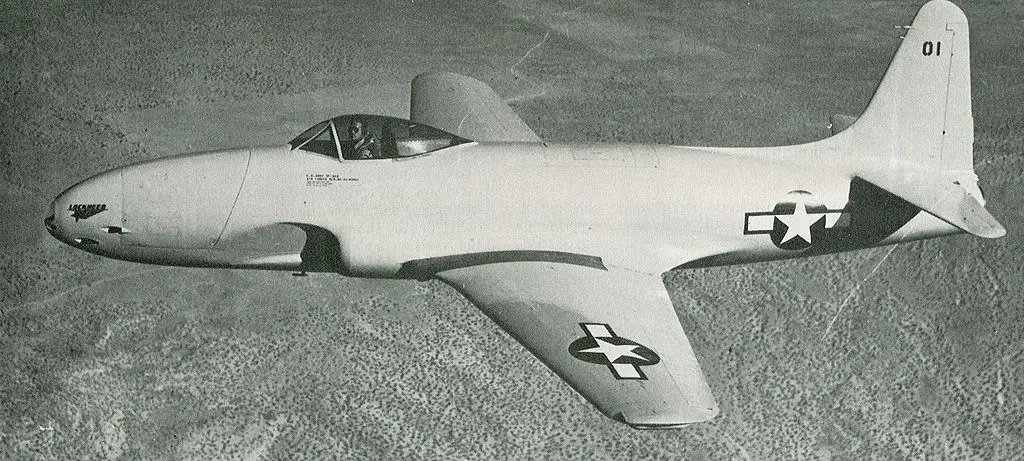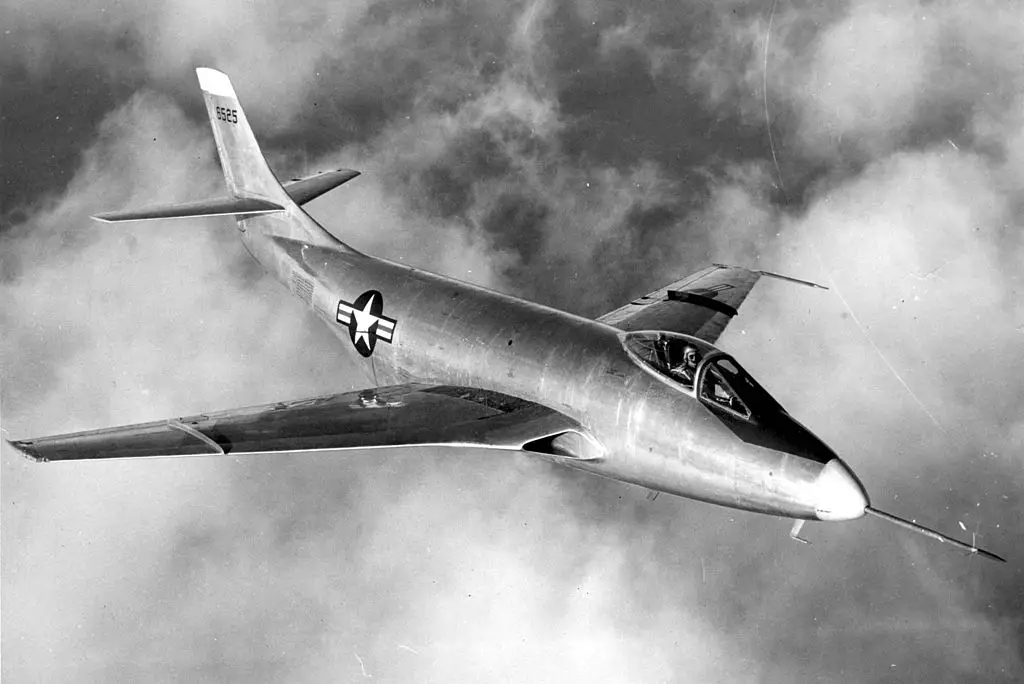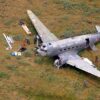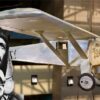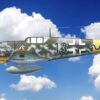Sometimes the new aircraft design gets the seal of approval and gets into the mass production phase. In other cases, a design may be too complicated or expensive to produce. It is also genuinely fascinating when an aircraft is too advanced for its competition, which means there is no real point in spending extra on its production because a cheaper alternative would also get the job done.
Enter the Lockheed XF-90. It was built in response to a United States Air Force requirement for a long-range penetration fighter and bomber escort. The same requirement produced the McDonnell XF-88 Voodoo. Lockheed received a contract for two prototype XP-90s (redesignated XF-90 in 1948).
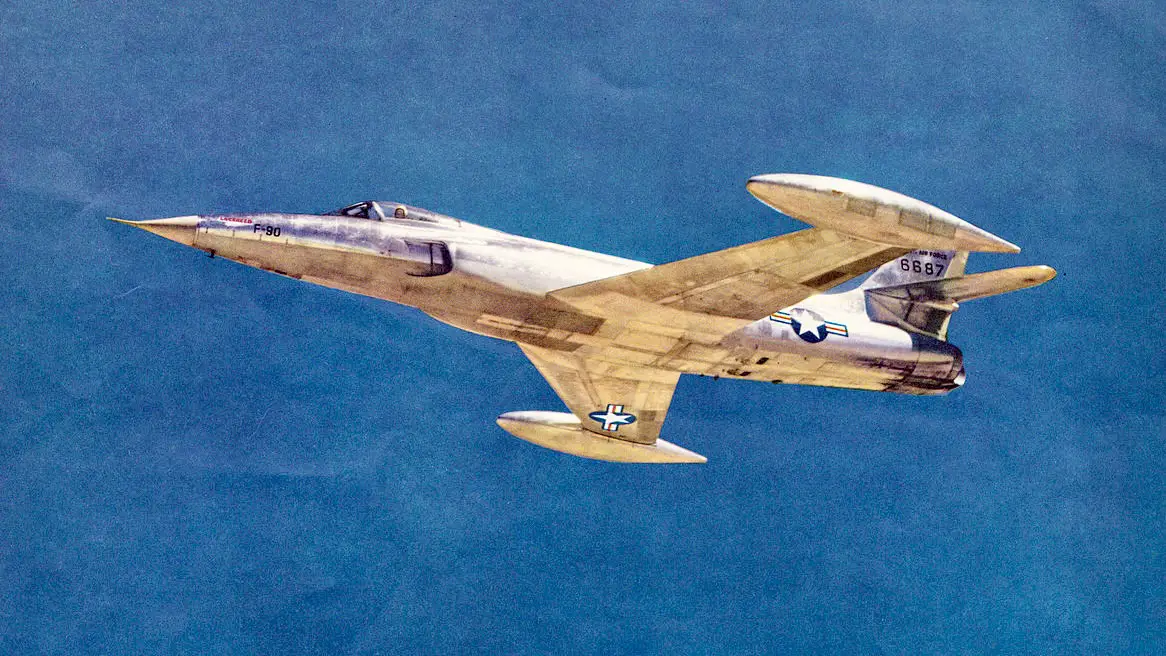
Following the development of nuclear weapons by the U.S. and the USSR, a new type of threat emerged. In the states, there were concerns that the next major war would involve using the devastating power of nuclear weapons. And it was clear that if there were to be a winner in a nuclear conflict, it would be the one who made the first decisive strike.
In the later 40s and early 50s, missile technology was still in its infancy, and intercontinental missiles weren’t even invented. That is why the primary strategy of using nukes was more similar to conventional aerial bombardment. And to deliver the nuke behind the enemy lines, a bomber needed to be escorted by a fighter plane. However, a regular fighter wouldn’t be enough. So there was a need for a long-range penetration fighter, and the U.S. had two to choose from, one of which was the Lockheed XF-90.
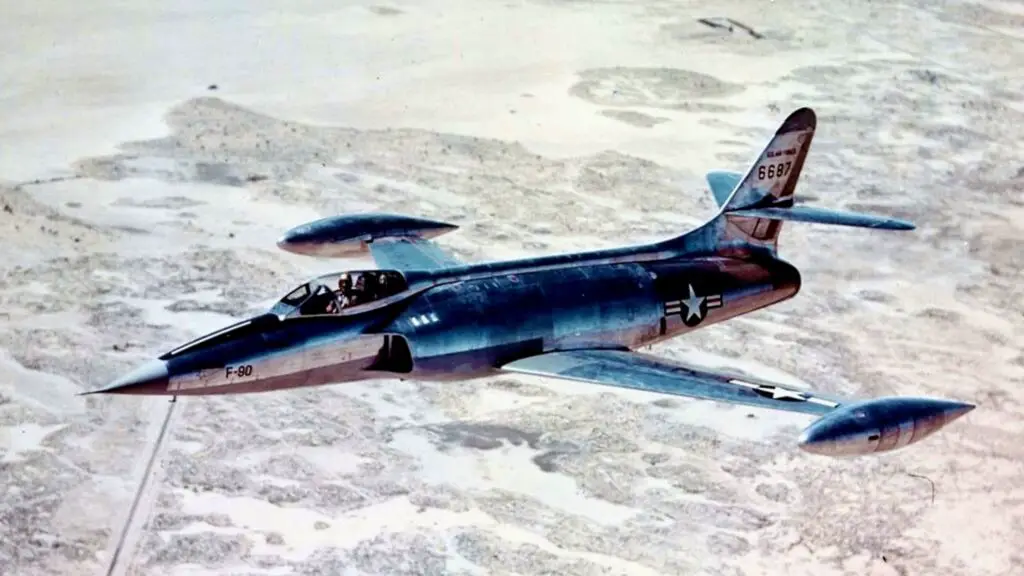
There’s really not much good that can be said about this plane. The frame was designed when the supersonic flight was poorly understood and was over-engineered to ensure the aircraft would survive the stress of traveling at such high speeds. Much more rigid 75ST aluminum was used instead of the conventional 24S, which, while more robust, was also heavier.
It weighed over eight tones and was heavier than the C-47, which was a pretty sizable transport aircraft. In comparison, another contemporary jet fighter, the P-80, weighter less than half of the XF-90’s weight.
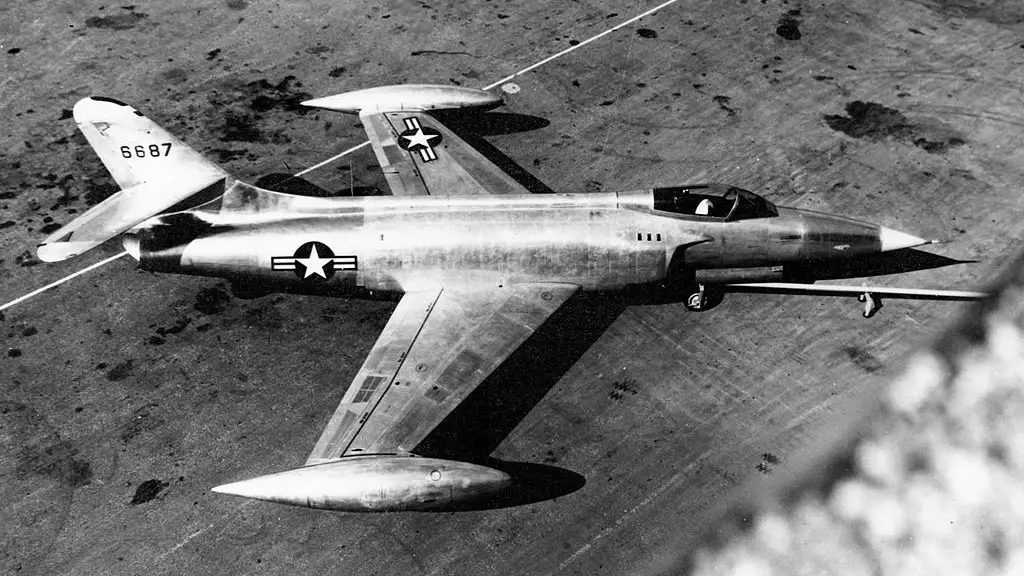
Now it is no surprise that excessive weight makes it harder for things to fly, and there were no jet engines at the time that would give the plane the needed performance.
To improve its performance, the second prototype, the XF-90A, was equipped with afterburning J34 engines. Unfortunately, even this upgrade wasn’t enough. Its first flight on June 3, 1949, was underwhelming. The plane was sluggish and slow; the take-off and landing required a long runaway because the engines needed time to create lift. The aircraft reached a top speed of 665mph and could only break the sound barrier under specific circumstances when performing a dive.
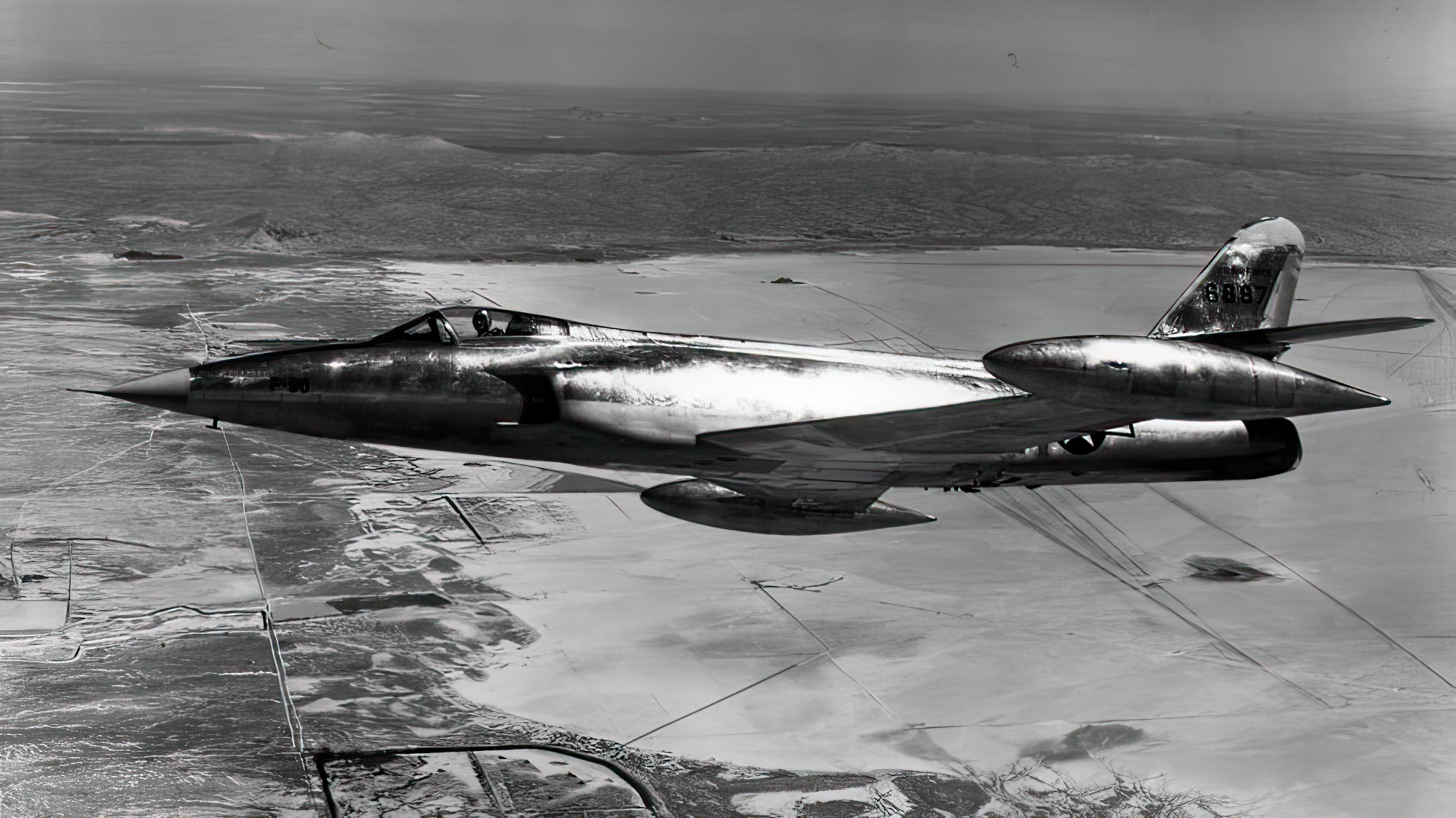
Eventually, it lost to its competitor, the McDonnell XF-88 Voodoo, which won the contract. However, the idea of creating a penetration fighter was abandoned soon after, likely because of the technological limitations of the time. As for the fate of the XF-90 and XF-90A, neither Lockheed nor the Airforce had much use for them as aircraft; however, they found their use elsewhere.
The first XF-90 was shipped to NACA, the predecessor of NASA. The plane was no longer flyable at that point, and its robust frame was tested to destruction.
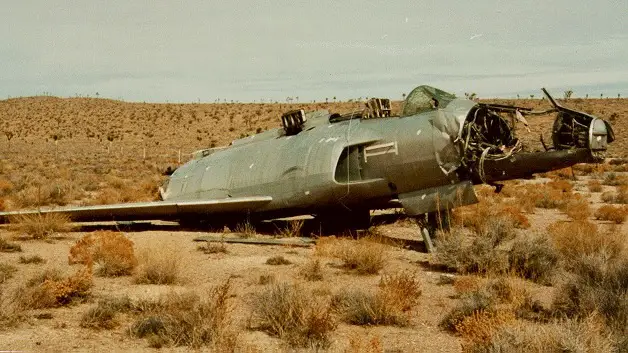
The second XF-90A, however, would go out with a bang (literally). It was used during nuclear weapons testing. While the aircraft performed poorly in the sky, it had proven to be an excellent target for nuclear tests tanks to its rigid frame, surviving two nuclear blasts and succumbing to the third one.

